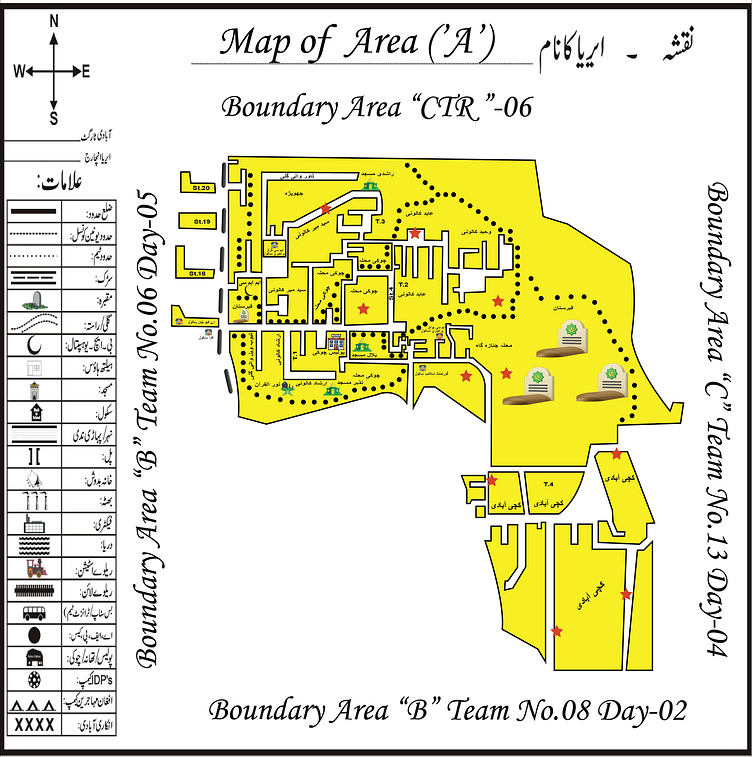#MapDesign
Map design is a multifaceted process that involves the thoughtful arrangement of visual elements to represent geographic information effectively. Whether for physical or digital formats, a well-designed map should be clear, informative, and aesthetically pleasing. Here's a breakdown of key components in map design:
Title and Legend:
Title: Clearly indicates the subject or purpose of the map.
Legend (or key): Explains symbols, colors, and other map elements. It helps users interpret the information presented.
Scale:
Indicates the ratio between the distances on the map and the corresponding distances in reality. It helps users understand the size and scope of the depicted area.
Orientation:
Includes a compass rose or arrow to show the cardinal directions, ensuring users can correctly interpret the map.
Color Scheme:
Consistent and meaningful use of colors enhances visual appeal and aids comprehension. Colors can represent different features, such as water bodies, vegetation, or elevation.
Typography:
Legible fonts and appropriate font sizes are crucial. Use different font styles for titles, labels, and other text elements. Consider hierarchy to prioritize information.
Symbols and Icons:
Clearly defined symbols and icons represent various features on the map. Consistency in their
